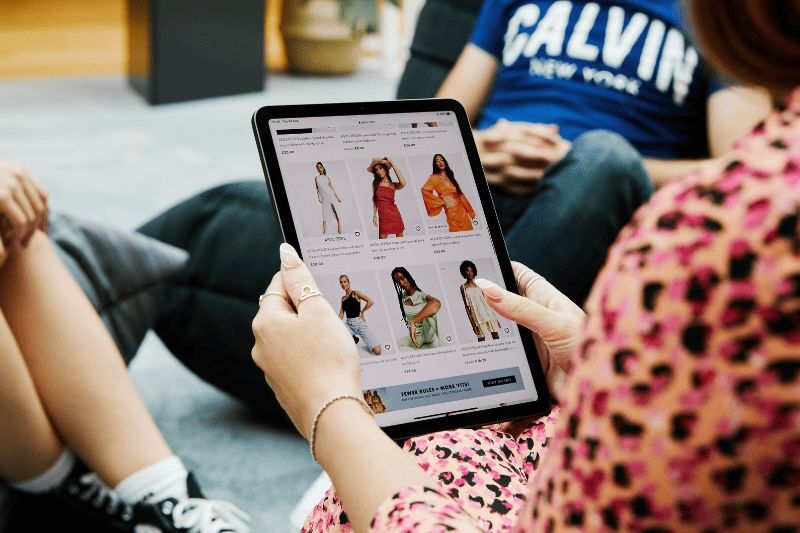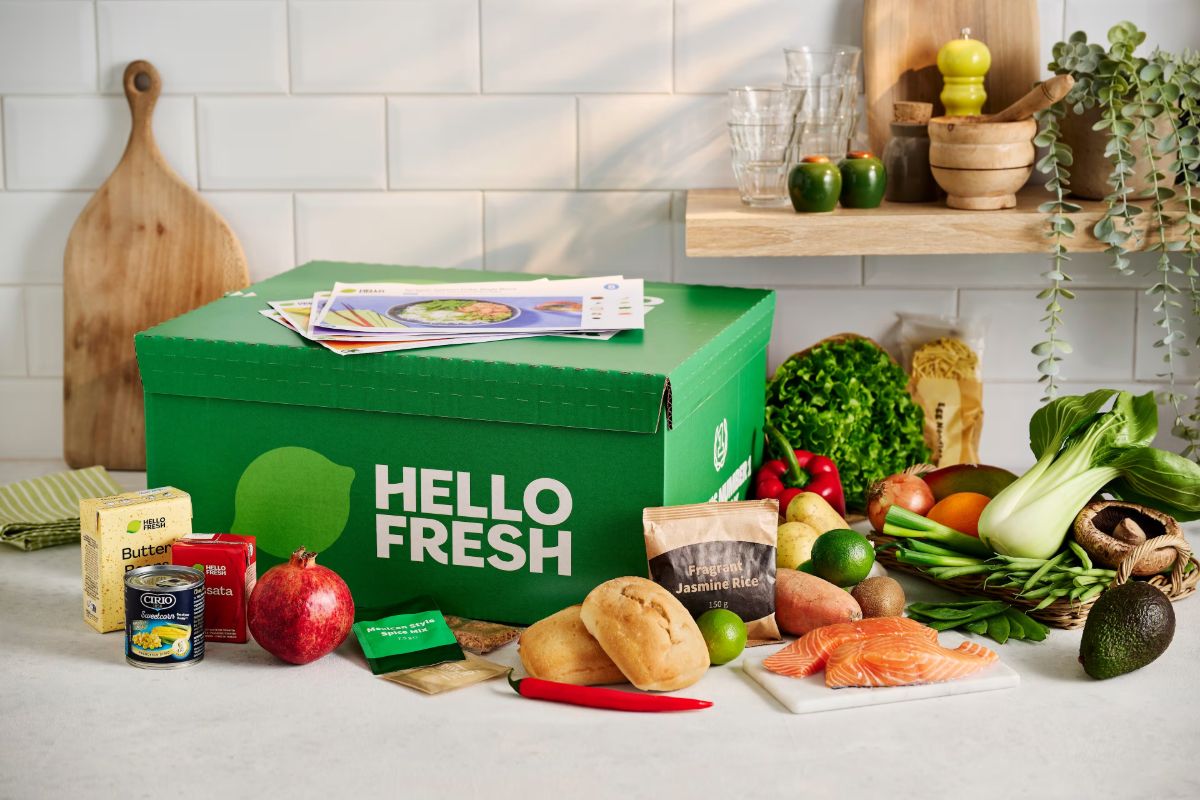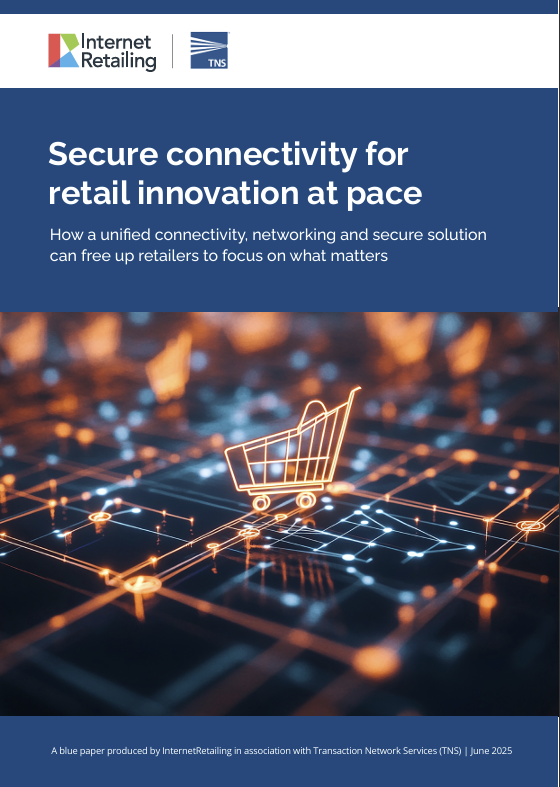Halfords quarterly results make pleasant reading for Halford’s shareholders and board members – profits and sales up, things are motoring along nicely in the business cycle (do you see what I did there?) – but what is more interesting is that the company now claims to ‘know 25% of its customers’.
This is indeed a breakthrough. Halfords – like so many other retailers – was able to match just 3% of its sales to specific customers this time last year. Now it can match a quarter.
This is all thanks to making loyalty programmes and data a strategic imperative at the company and it’s a lesson that many other retailers could do will to copy.
The question is begs is whether it can help with the issue thrown up by today’s other top story: that more than half of consumers consider returning goods before hitting the buy button. This is a massive issue for retailers as it adds significant costs to each sale as half of them have to also cover the return cost (not to mention all the hidden costs of stock being out and about so not for sale and so on).
Perhaps there is a way to tie loyalty and sales data to specific customers and flag those that are the returners? This would serve to save millions and make retailers much more personalised. Just a thought.
Elsewhere this week we learn that user generated content (UGC) is making something of a comeback as retailers start to use it in the Instagram age and that many smaller retailers are shying away from the pot of gold that is overseas sales because they don’t understand foreign languages customs and, err, customs.
We also take a look at Black Friday – which I know many of you are already gearing up for and we feature an insightful interview with one of the key speakers at next month’s Internet Retailing Conference, Neil Sansom, CEO of Woolovers.
Our webinars
We’ve a number of InternetRetailing webinars coming up. Next week we’re joined by James Lovell, European retail solutions leader at IBM, to hear how leading brands are using technology to develop a relevant and personalised customer experience. Learn how Boots is developing a personalised customer experience in 4 steps with IBM is at 2pm on September 13. Click here to find out more and sign up for the free webinar.
And on September 22, we hear from Luca Benini, SVP, GM EMEA at Olapic, to get the bottom line on user-generated content and images. He’ll be talking through key research findings on this kind of content in the webinar. What makes UGC relevant for retail is at 2pm on September 22. Click here to find out more and to register for the free event.
The final webinar of the month brings analysis of mobile commerce with Maria Prados, VP global retail, global ecommerce at Worldpay. The face of mobile shopping: how do age and gender affect mobile adoption? is at 2pm on September 29. Click here for more information and to register for the free event.
In October we’ll hear from Ingenico’s Julian Wallis, country manager for the UK and Ireland. He’ll be identifying what retailers must do to accelerate their international ecommerce growth – and do so profitably. Monetising your international reach: six key steps to find ecommerce success overseas is at 2pm on October 18. Click here to find out more and to register for the free event.
Click to visit the Internet Retailing webinars page to catch up on the latest webinars, which are also available to view again on the IRTV channel.
InternetRetailing Events
The 11th InternetRetailing Conference and second eDelivery Conference take place this October. Information and tickets are now available for the two events here.








